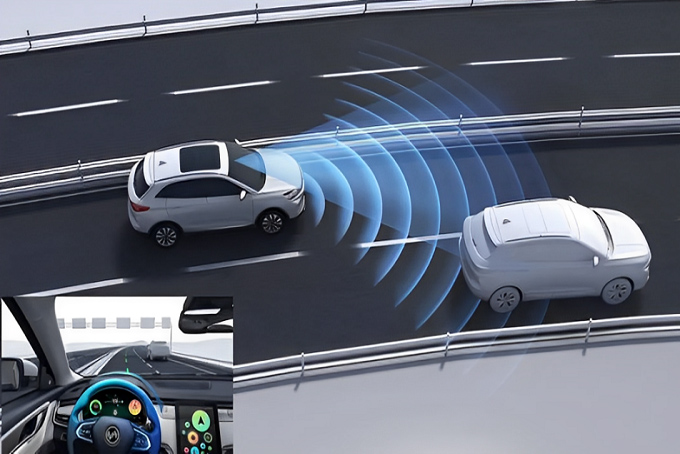Enhanced In-Vehicle Imaging: Refining Car Camera Lens Technology for Advanced Applications
Apr 28, 2024
The advent of autonomous driving has elevated the role of in-vehicle camera lens systems, with innovations like streaming media rearview mirrors offering an expanded and crisper view for drivers. This piece, through a market research lens, delves into the pivotal optical traits of car camera lenses, the hurdles they encounter, and the cutting-edge industry responses.
Optical Characteristics and Market Challenges of Car Camera Lenses
In-vehicle camera systems are a cornerstone of contemporary automotive safety mechanisms and driver aids, providing real-time visual information about the surrounding environment of the vehicle and supporting functions such as lane departure warning, parking assistance, adaptive cruise control, pedestrian detection, and night vision assistance. However, car camera lenses face challenges in practical applications, such as extreme temperature changes, vibration, low lighting conditions, optical distortion, and glare from strong light sources.
1. Thermal Compensation Features
· Market Challenge: Extreme temperature changes may cause the car camera lens to drift out of focus, affecting image quality.
· Solutions:
Material Innovation: Develop and use lens materials with low coefficients of thermal expansion.
Design Optimization: Implement automatic temperature compensation through special optical designs, such as floating lens groups.
Technological Integration: Introduce temperature sensors and automatic adjustment mechanisms for real-time parameter adjustments.
2. Focus Stability
· Market Challenge: Vibration during vehicle operation can reduce image clarity.
· Solutions:
Structural Reinforcement: Design more robust mechanical structures and use shock-resistant materials.
Optical Image Stabilization: Apply optical image stabilization technology to mitigate the impact of vibration on image quality.
Electronic Image Stabilization: Utilize the high-speed reading capability of image sensors, combined with algorithms, to reduce blur caused by vibration.
3. Light Transmission
· Market Challenge: Image quality decreases under low-light conditions such as at night or in tunnels.
· Solutions:
Large Aperture Design: Allow more light to enter, enhancing night vision imaging capabilities.
Multi-layer Coating Technology: Reduce reflection on the lens surface and improve light transmission.
High Sensitivity Sensors: Choose high-sensitivity image sensors that match the lens design.
4. Image Clarity
· Market Challenge: Optical distortion and chromatic aberration can reduce image clarity.
· Solutions:
Aspherical Lenses: Correct distortion from spherical lenses.
Special Lens Materials: Use low-dispersion materials to reduce focusing differences of light at various wavelengths.
Software Correction: Use image processing algorithms to correct distortion and chromatic aberration.
5. Glare and Ghosting Control
· Market Challenge: Glare and ghosting are prone to occur under backlit or strong light conditions.
· Solutions:
Coating Technology: Apply anti-reflective and hydrophobic/oleophobic coatings to reduce light scattering and reflection.
Optical Design: Design complex lens structures, such as increasing the number of lenses or using lenses with special shapes, to disperse and absorb stray light.
Baffle Design: Add a lens hood in front of the lens or use internal baffle structures to block unnecessary light.
The research and development and production of car camera lenses are a systematic project that involves multiple aspects, including optical design, mechanical structure, material selection, and electronic control. With continuous technological advancement and growing market demand, industry leaders like Wintop Optics are driving the enhancement of car camera lens performance through innovation and optimization to meet the stringent requirements of the automotive industry for safety and performance. In the future, the further development of car camera lens technology will bring more possibilities to intelligent and autonomous driving, and it will also bring new growth opportunities to the market.
